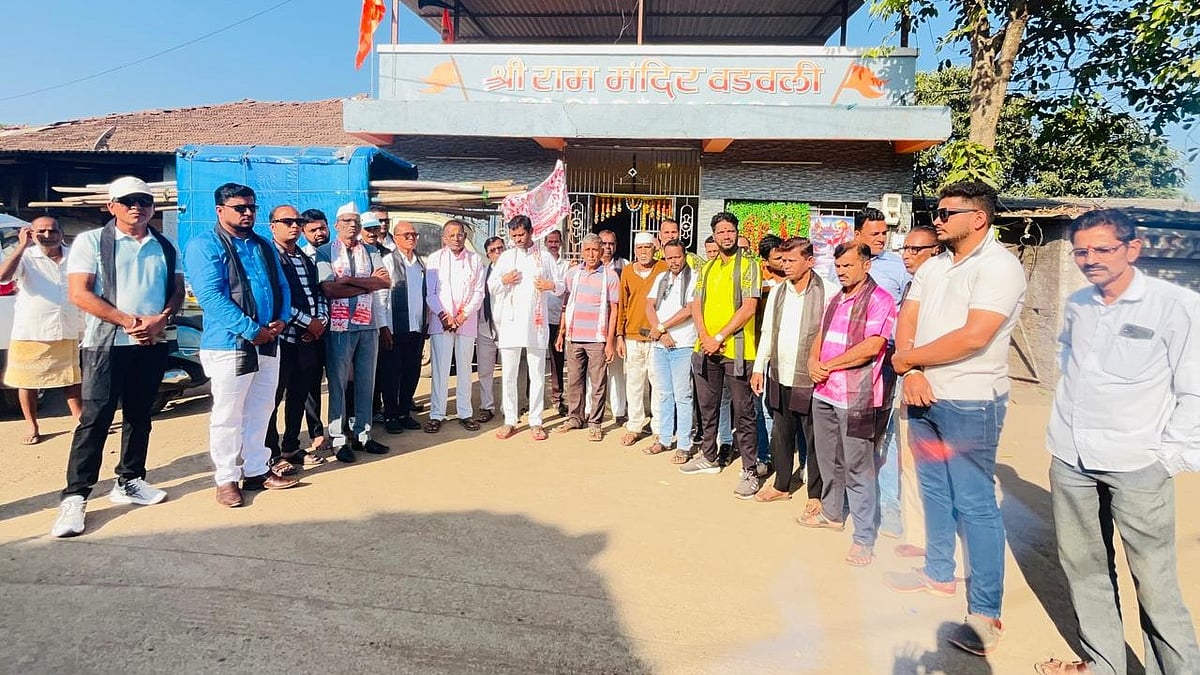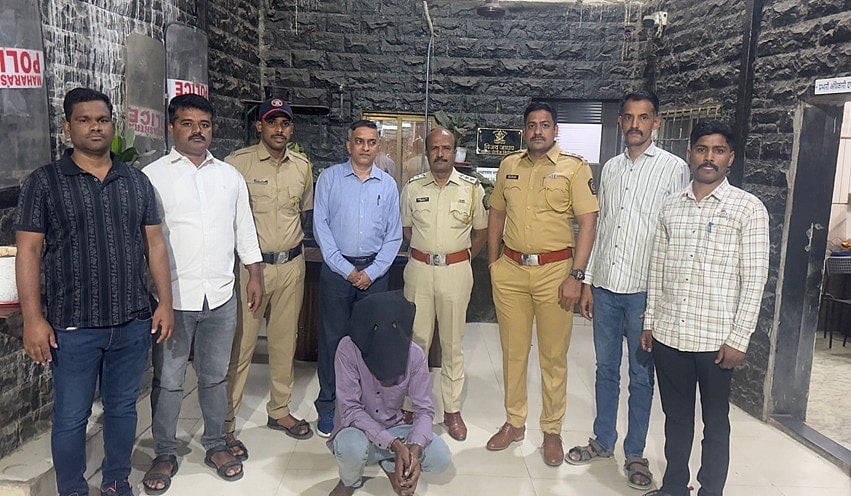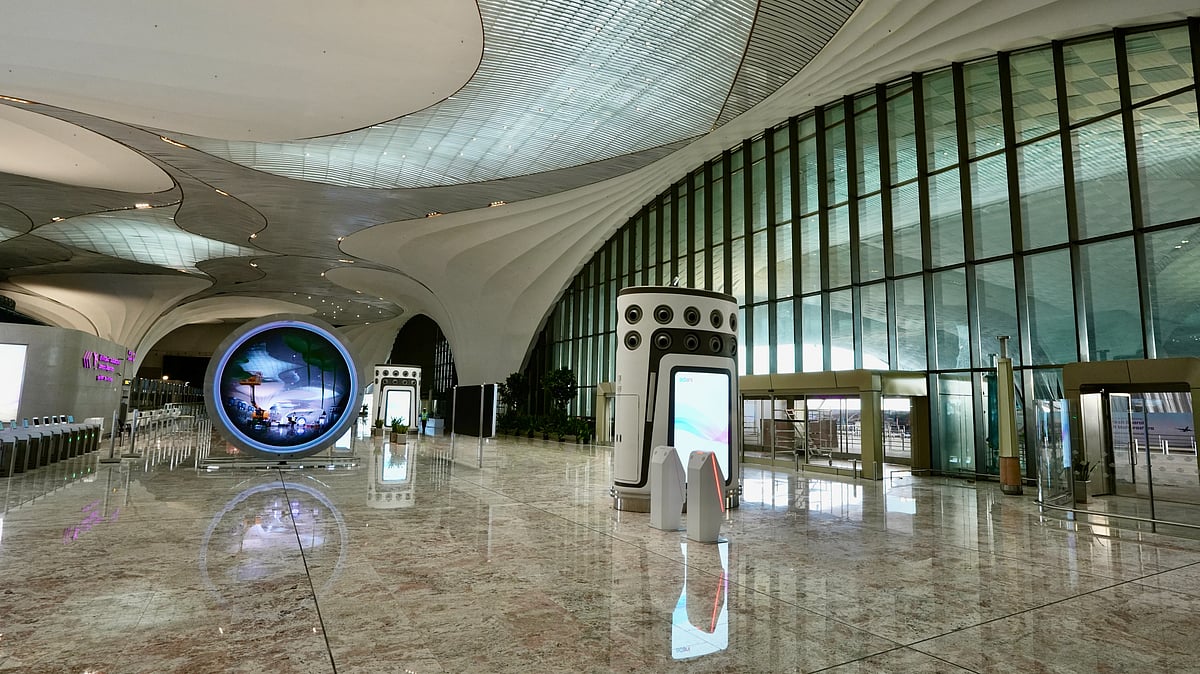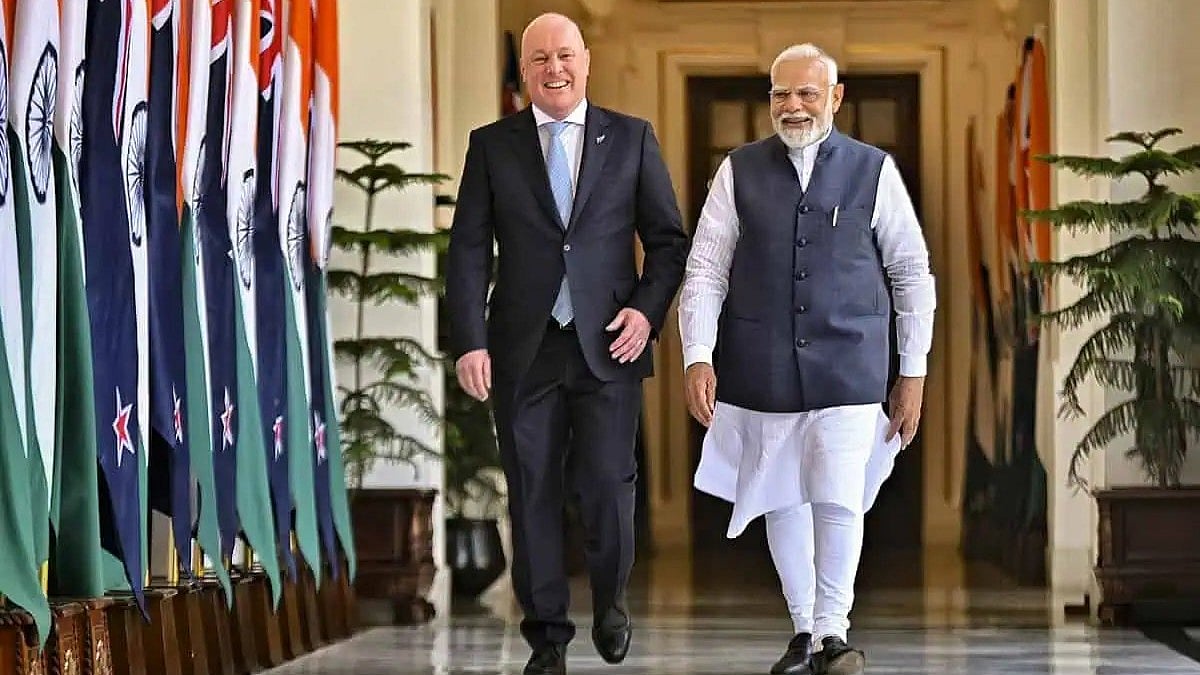In mid-October itself, Mumbai’s air turned hazy and smoky, blurring skylines and bringing back the worst memories of air pollution from the past few years. Bad air was a feature of the cooler months in the city with the Air Quality Index (AQI) worsening during Diwali and post-Diwali days, thanks to the widespread use of fire-crackers, then through November-December-January. This year, though, the telling characteristics of pollution have been evident much earlier.
Stirred into action by the chief minister’s office, which in turn was apparently roused by the Prime Minister’s Officer, the Brihanmumbai Municipal Corporation (BMC) has scrambled to put rules or guidelines in place — for the second time this year — to address the worsening air pollution. It should not have taken this high-level intervention to get the civic body into action mode, especially after the past few years revealed that Mumbai’s air can be just as bad — even worse on some days — than that of New Delhi which is notorious as one of the top cities in the world with life-threatening air pollution. The BMC issued a fresh set of guidelines over the weekend and municipal commissioner, now also administrator, Dr Iqbal Singh Chahal is believed to have cracked the whip on its implementation at the ward level, across all the 24 wards of the city.
The guidelines are mainly incremental over the ones that were issued in March this year after Mumbai’s AQI hit the ‘poor’ to ‘very poor’ categories, even hovering around ‘severe’ for a few days. They were not entirely new or revolutionary guidelines, and primarily addressed the dust particles arising out of construction across the city; they do not tackle other sources of pollution. The new guidelines include a mandatory 35-feet high iron sheet enclosure around every construction site, jute or tarpaulin covering, installation of sprinklers or anti-smog guns, CCTV coverage of these sites, and AQI monitoring systems.
In the old rules, the height of the iron sheet enclosure was mandated at 20 feet and anti-smog guns were yet to make an appearance. However, other measures were in place such as continuous sprinkling of water to avoid debris dust on construction sites, avoiding breaking of demolished material on site, fogging during excavation and loading/unloading of material, washing tyres of trucks which transport material, regular sprinkling along their route and so on. There were to be routine and regular inspections too, but an internal review reportedly showed that only four of Mumbai’s 24 civic wards had followed the rules. Is it any surprise then that the air hangs heavy and filthy?
To be clear, construction is not the only culprit in the city’s air pollution; road dust, traffic emissions, industrial fumes, and use of hazardous cooking fuels complete the package. While all the factors have to be tackled collectively and comprehensively to control the PM to 2.5-10 (Particulate Matter, the lower the micron count the more hazardous for life) so that the air can be cleaner, the focus on construction is not misplaced. For once, the BMC appears to have hit the bull’s eye and called out the biggest — and powerful — offender. Those found violating the guidelines will be issued immediate stop-work notices, Chahal asserted.
By the civic body’s reckoning, based on permissions issued, there are more than 6,000 construction sites across the city, both private and public. The data parsed by independent real estate consultancy such as Liases Foras also, reportedly, shows a massive 3.24 crore square feet of construction currently underway in the city which is a breath-taking (pun intended) rise of 142% from 2021. Unregulated and untrammelled building activity, accompanied by demolition of old structures because nearly every project is a redevelopment project, in nearly every lane across Mumbai has turned the city into a giant construction crucible. The reasons for this uptick are not hard to find: recognising its centrality to the city’s economy and the hit it took from the pandemic months, the state government had offered sops to the industry that resulted in a rash of projects being submitted and cleared in the past two years.
Stringent guidelines are of little use unless there is continuous monitoring and no-nonsense implementation carried out on an unrelenting basis. The BMC took five-six days to even issue the official circular about these guidelines. Its entire regulatory machinery has to be jolted into action in each ward and the inspection teams insulated from political and other pressures for them to strictly implement these guidelines. As always, the success lies in details and micro-level management of the factors that contribute to air pollution. As for the BMC’s plan to procure and station anti-smog guns — whose impact is momentary, making it not better than a Band-Aid over a bleeding wound – the city will not have them for the next few weeks anyway.
The October alarm bells, if heard and followed, may just help Mumbaikars during the winter months when the air anyway hangs heavy and polluted. But it should not have come to this stage at all. It has been clear for the past decade that air pollution, besides sea-level rise, was set to be among Mumbai’s primary environmental challenges. A detailed and accessible Graded Response Action Plan (GRAP) for Mumbai, and every other city in the state, should have been drawn up long ago and put into practice on every occasion that air quality showed a slight movement from ‘satisfactory’ to ‘moderate’, then to ‘poor’ and ‘very poor’ AQI. Delhi has been doing this. The emergency response plan in Mumbai and across Maharashtra is not quite the same — in fact, most people are not even aware of the steps to be taken as air quality worsens; nor are the officials.
Importantly, as in all large cities, Mumbai too shows a fairly disparate and dispersed levels of AQI across the city with as many as 50 to 120 points difference between areas or suburbs. For example, the AQI last Saturday was 86 for Worli while it went to 201 for Malad. Areas such as Chembur, Andheri, Borivali, Colaba consistently show higher AQI than others and often higher than the city’s average. The new guidelines which mandate implementation at ward level should address this to some extent but the situation calls for a GRAP for the city that goes well beyond the guidelines issued over the weekend. This must address factors other than construction which contribute to the city’s bad air — traffic and road dust being crucial ones.
The time to wake up and chart out the plan is now, if Mumbai has to have a chance at clean air in the near future. Gimmicks like anti-smog guns are short-term reactions to the situation, not solutions to the problem.
Smruti Koppikar, senior journalist and urban chronicler, writes extensively on cities, development, gender, and the media. She is the Founder Editor of the award-winning journal ‘Question of Cities’










